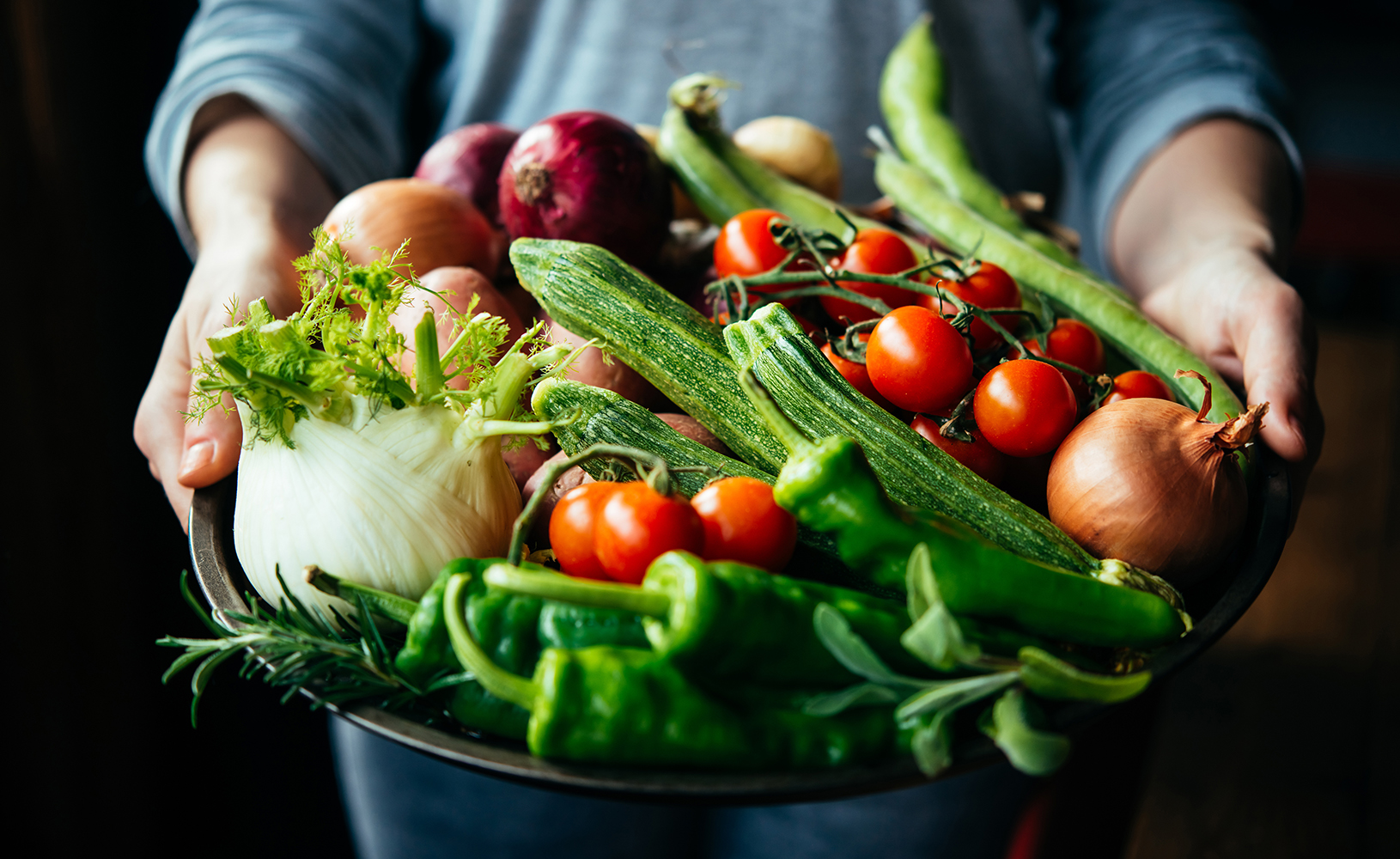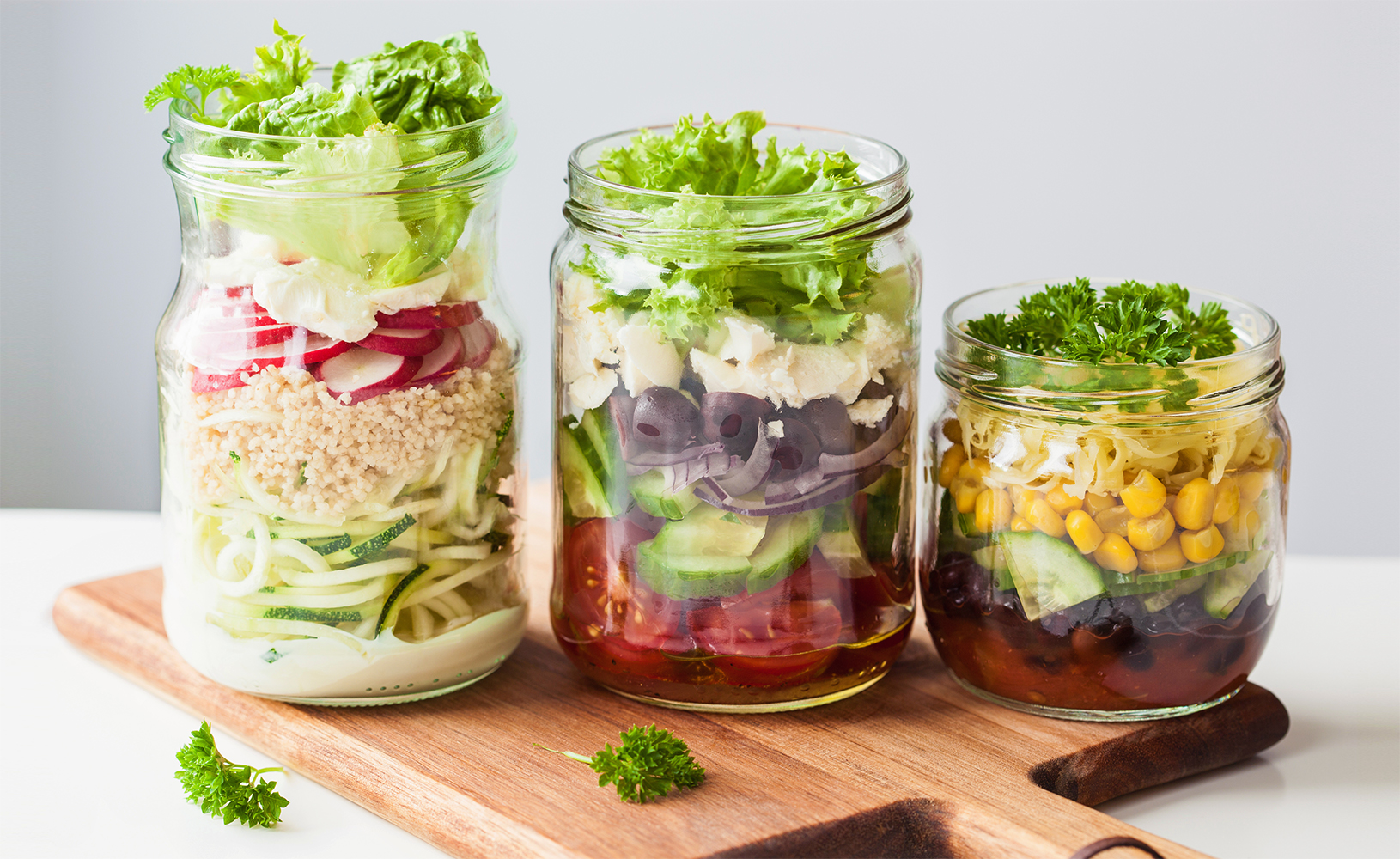Whether you’re a student living alone for the first time or a professional trying to cook at home more, eating healthy at home can be daunting. We’ve all been there: you spend hours picking out recipes and grocery shopping…only to discover your home-cooked meal was more expensive (and exhausting) than eating out.
But we’re here to tell you it doesn’t have to be that way. With a bit of thought and planning, anyone can eat healthy at home, without breaking the bank. For events or busy days, services like our healthy catering in Ottawa can also provide balanced meals that fit your budget. Here are our top tips for getting a filling, nutritious – and most importantly, tasty! – dinner on the table for less.
Freeze your own produce
Fresh produce can add up quick…especially when it’s out of season. But when the late summer bounty hits the markets, most of your favourite fruits and veggies are the cheapest (and most delicious) they get all year. Our tip? Stock up on in-season produce and freeze it for later. Your winter self will thank you.
Corn: Just slice off the kernels and freeze it on a cookie sheet, then transfer to zip-lock bags.
Berries: Freeze them on cookie sheets, then transfer to zip-lock bags for the best January smoothies of your life!
Green beans: Rinse and trim, then freeze on cookie sheets and transfer to zip-lock bags.
Peaches and nectarines: Wash and slice, freeze on cookies sheets and transfer to zip-lock bags.
You get the idea. With a little planning in the summer, you can be eating world-class produce all year long.
Use the whole thing
Tip-to-tail isn’t just for artisanal butchers. Try applying it to your produce, too. Beets, radishes and many other root veggies come with leafy greens that are delicious sautéed with a little garlic or folded into a soup. Broccoli stems can be peeled and chopped (and many think they’re the tastiest part of the vegetable!). And your scraps and peels can be saved to make better-than-store-bought vegetable stock.
Before you throw out your veggie waste, challenge yourself to use it in creative ways. You never know…you might be one discovery away from finding a new favourite ingredient. (Who knew cilantro stems were so crunchy-delicious?)

Get to know whole grains and beans
When it comes to nutritional bang for your buck, you can’t do better than whole grains and beans. They’re packed with fibre, they keep you full for ages, and together they make for a complete protein.
While canned beans are a great, convenient pantry staple (buy them on sale!), we promise you won’t regret making the switch to dried beans. Not only are cooked-from-dried beans tastier, they’re also way less expensive. We recommend cooking up a big pot of beans or lentils once every couple weeks, then portioning them into zip-locks and freezing them for later. Then, it’s easy to toss a little extra protein into your next soup, salad or grain bowl. These are also staples in our gluten-free catering in Toronto, offering hearty, affordable options for everyone.
Not sure where to start with whole grains? Think about using brown rice instead of white, or cooking up a batch of whole wheat couscous. Whole grains make a great and inexpensive side for curries, chili, and other saucy dishes, and they’re also a fantastic way to add a little more substance to soups and salads. And just like with beans, you can buy dried grains in bulk, make a big pot and freeze portions for later. Dang, your freezer is gonna be so organized!
Plan for leftovers
After the first day or two, it’s easy to get burned out on leftovers. So instead of eating the same thing all week, why not plan to re-use them in different ways? Sunday’s roast chicken can become Monday’s chicken salad…and Tuesday’s chicken soup. And that big pot of beans we mentioned before? Try making them into a veggie-packed chili with brown rice, then using those leftovers in burritos. If you make plans for your leftovers, you’ll find yourself enjoying them more, wasting less food…and spending less at the grocery store.
Another smart way to plan around leftovers? You guessed it. Our old friend the freezer strikes again. Whether you’re making a curry, a soup or a big pot of tomato sauce, try doubling the recipe and freezing portions for a later date. One day, your future self won’t feel like cooking, and all you’ll have to do is re-heat something delicious you already made. Foiled again, delivery guy!

Just buy what you need
While we always recommend buying dried goods (like flour, grains and dried beans) in bulk, the opposite applies to more perishable goods. Let’s face it: waste is expensive. So instead of buying 5 different kinds of cheese, just get the one you need. And always go to the grocery store with a list and a plan, so you don’t accidentally buy perishable goods you’ll never need. There’s no feeling sadder – and worse for your bank account – than throwing out a full tub of yogurt because you never got to it.
Treat yourself!
It sounds counter-intuitive, but this is so important. Trying to eat healthy on a dime is all about creating better habits, both at the store and in your kitchen. But sometimes, even the best of us just aren’t up for it…or we crave something else. If you treat yourself to an ice cream cone or a meal out, enjoy it! Feeling guilty for “cheating” will just make your resolutions feel impossible to achieve. It’s all about striking the balance that works for you, not punishing yourself for not being perfect.
Ready to get started? Clear out that freezer and get shopping! And if you have doubts, questions, concerns…or favourite recipes to share, just give us a shout at blog@madradish.com.



Great little read.
I never thought of the greens on root vegetables.
Thanks!
Odessa